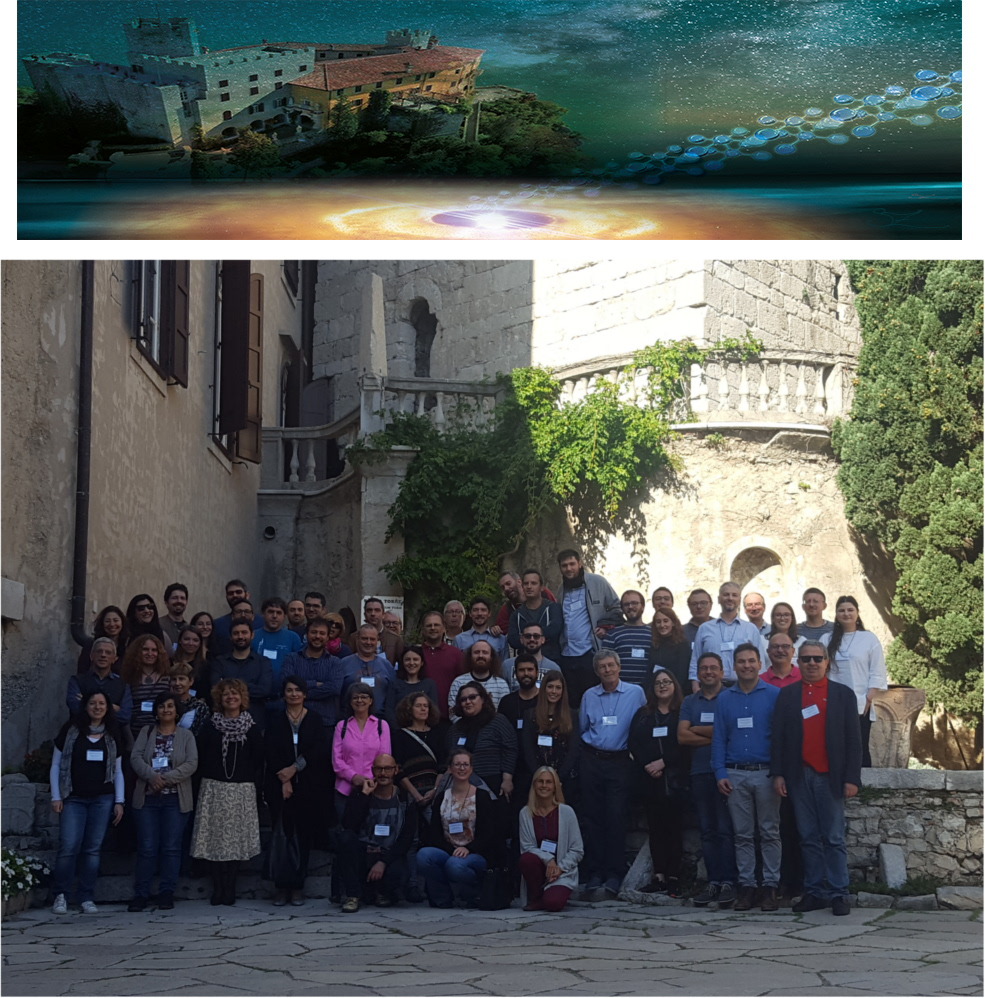Speaker
Description
The first detection of an interstellar diatomic molecule came as a surprise, given the harsh conditions of the interstellar medium. Eighty years later, more than 50 interstellar molecules with six atoms or more have been discovered, almost half of which in regions that will eventually form planetary systems like our own Solar System. What is more, the backbone of all these large molecules, called interstellar Complex Organic Molecules or iCOMs, is made up of carbon atoms. Add to that the ubiquity of water in solar-like forming planetary systems and the cocktail for the potential emergence of life is served. Seen with the eyes of an astrochemist, terrestrial life just used what is abundantly available in solar-like star forming regions. One can even reverse the point of view: what is available gave rise to life and this implies that life is not a one-shot event in the history of the Universe.
In this contribution, I will review the molecular content likely available when the Solar System started its million years long process of formation and what was probably passed to the young Earth. Whether and what of it was directly used for triggering life is beyond astrochemistry, but nobody can answer a question if all the data of the problem are not known.

